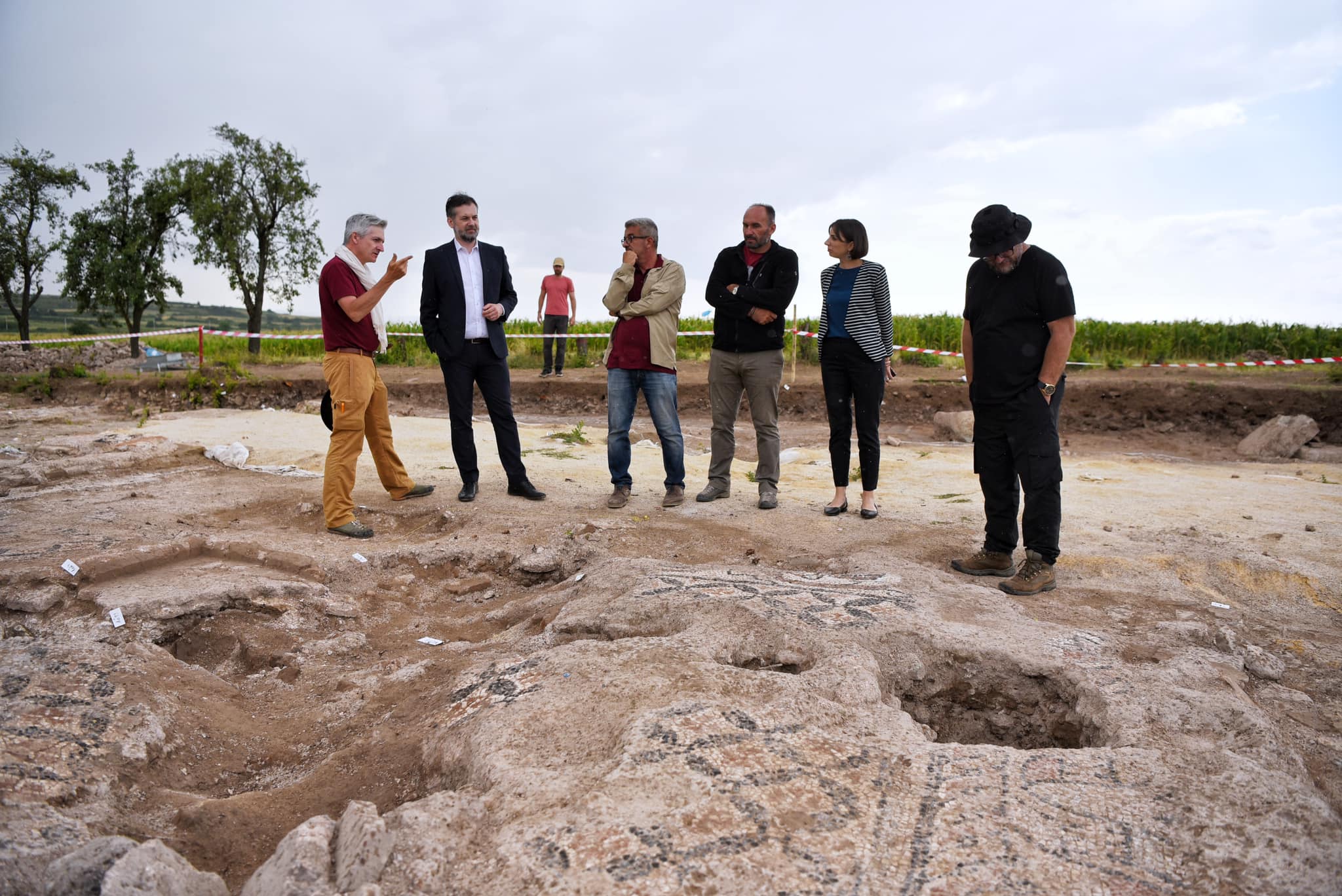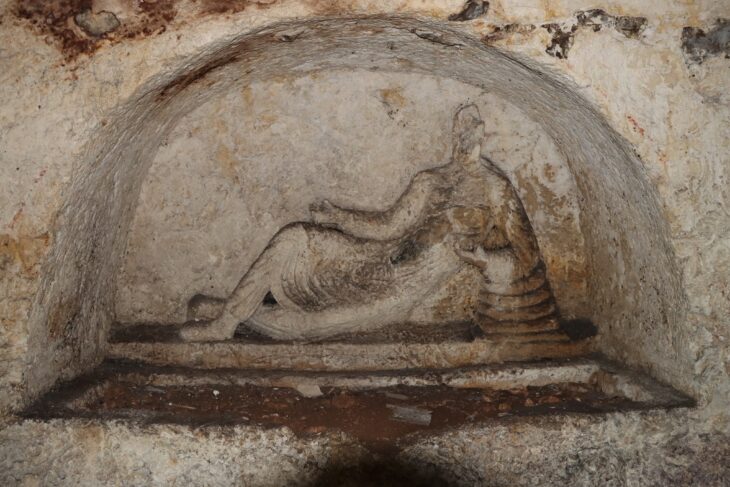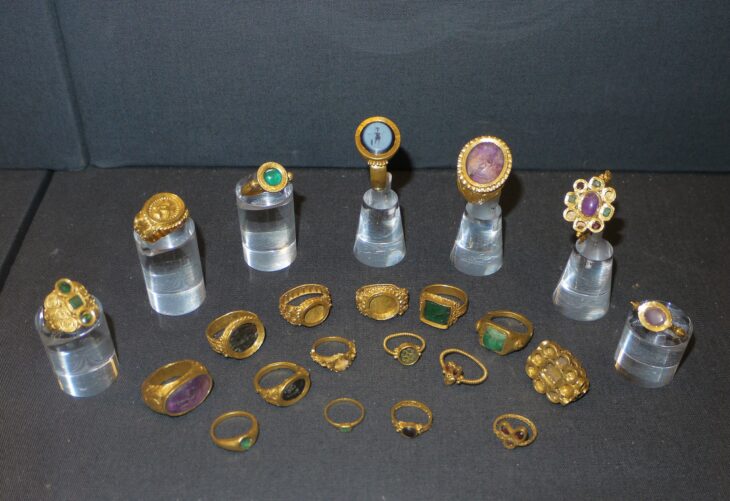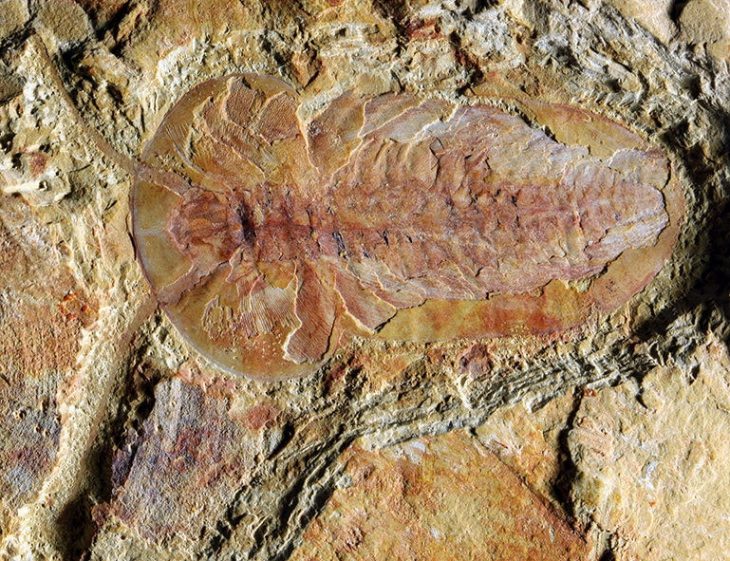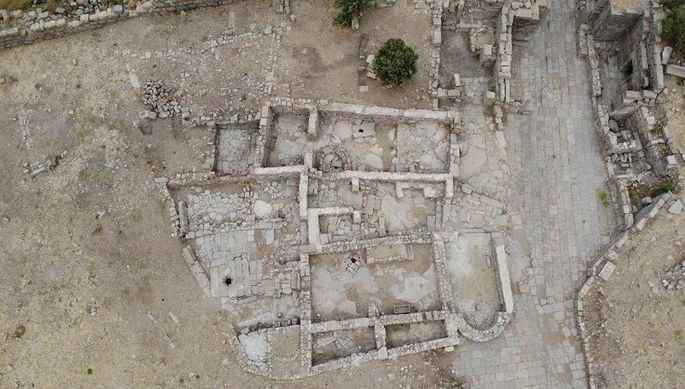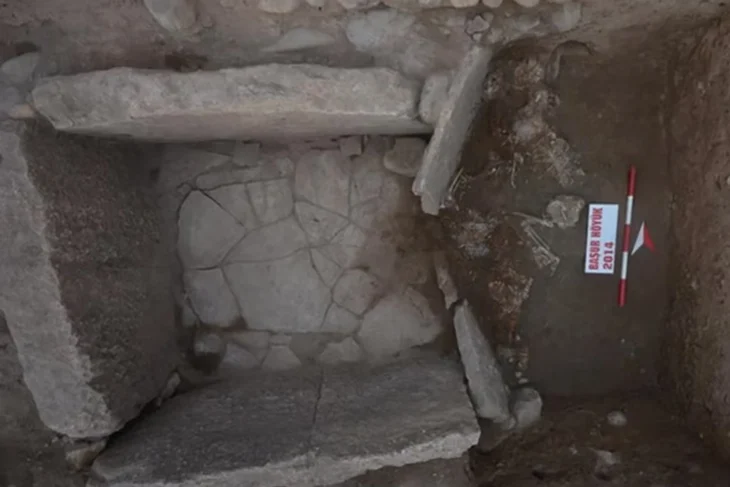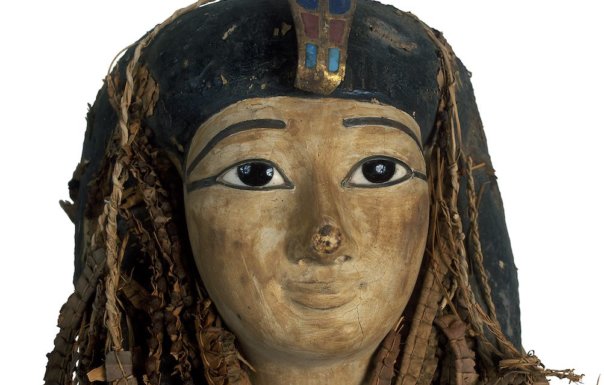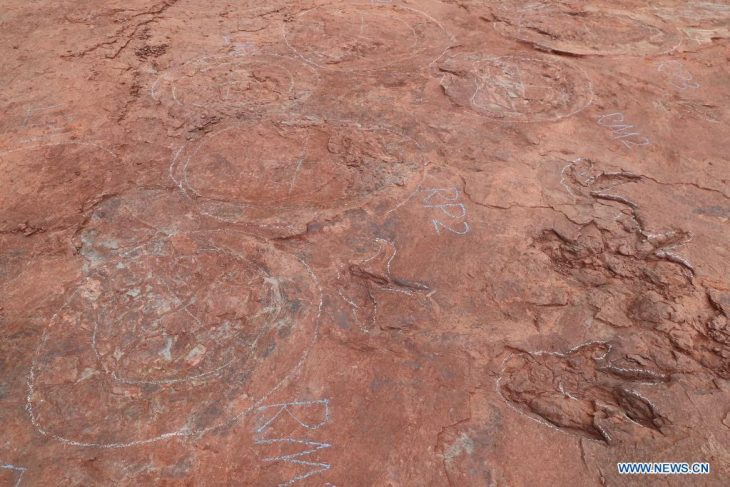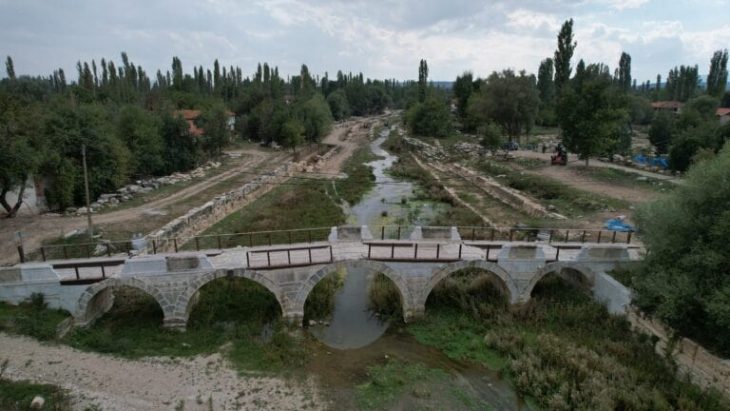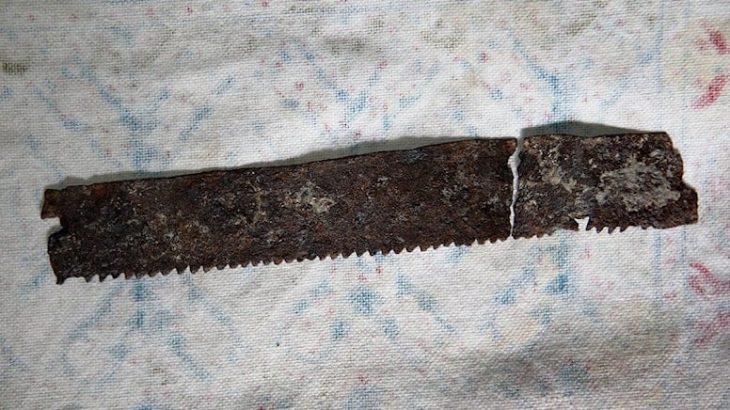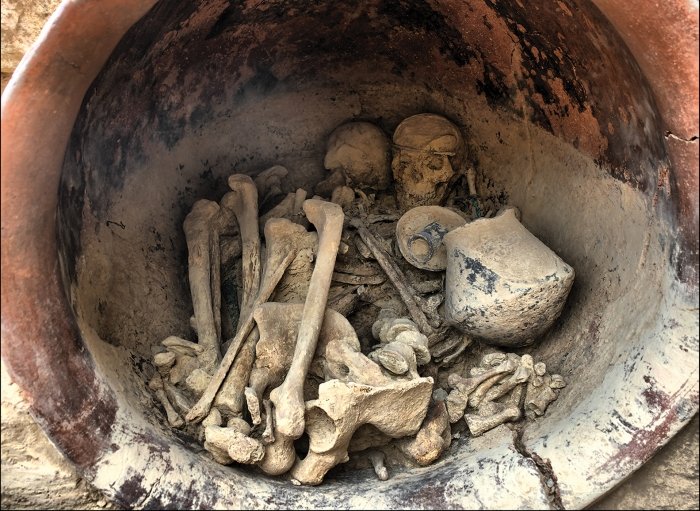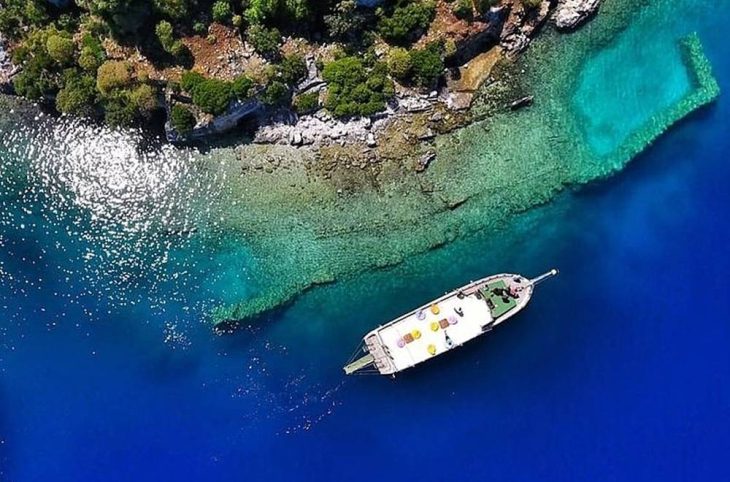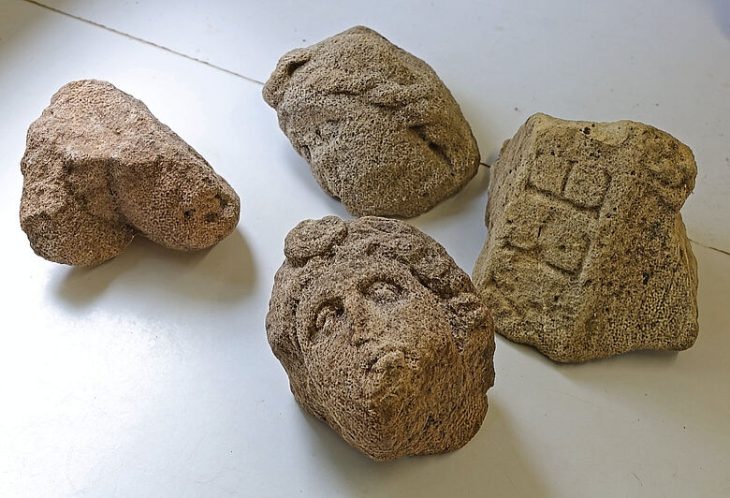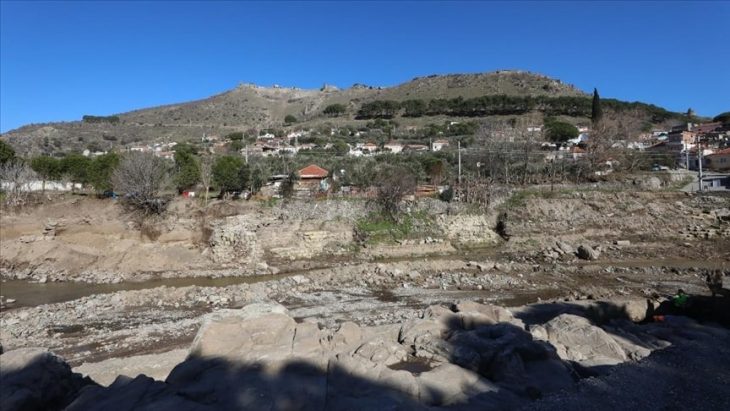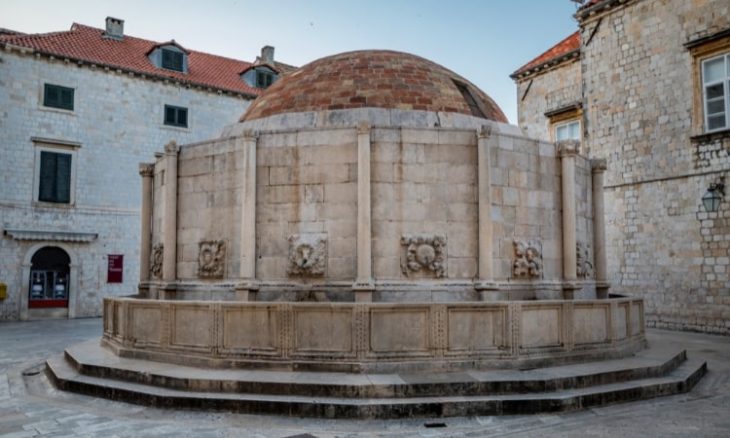A mixed team of international and local experts led by Professor Christophe J. Goddard has unearthed a monumental inscription of historical importance, dedicated to the Byzantine Emperor Justinian, at the archaeological site of Ulpiana during excavations.
This inscription dedication by Emperor Justinian (527-565 AD) and his wife Theodora of an ‘Urbem Dardania,’ which means ‘city in Dardania, is one of the very few Latin dedications of the imperial couple in the late Roman world.
Despite being a relatively young country, Kosovo’s territory has a rich history. In Roman times, Ulpiana served as the country’s political, monetary, and cultural hub. Located about eleven kilometers southeast of Pristina, Ulpiana is a Roman-pre-Byzantine settlement.
Ulpiana is a Roman-Illyrian city. Archaeological excavations have taken place there since 1954. Traces of pre-Roman life were discovered during archaeological excavations from 2009 to 2011. Ulpiana was an important place for the Dardan Kingdom. Was inhabited and that the area was inhabited by the Dardan and Illyrians during the Classical period.
The unearthing of this mosaic, as well as the discovery of an imposing episcopal basilica in 2022, are the concrete results of an EU-funded project titled “The European Archaeological Mission in Kosovo*: from Ulpiana to Iustiniana Secunda”, which is expected to conclude in December 2024.
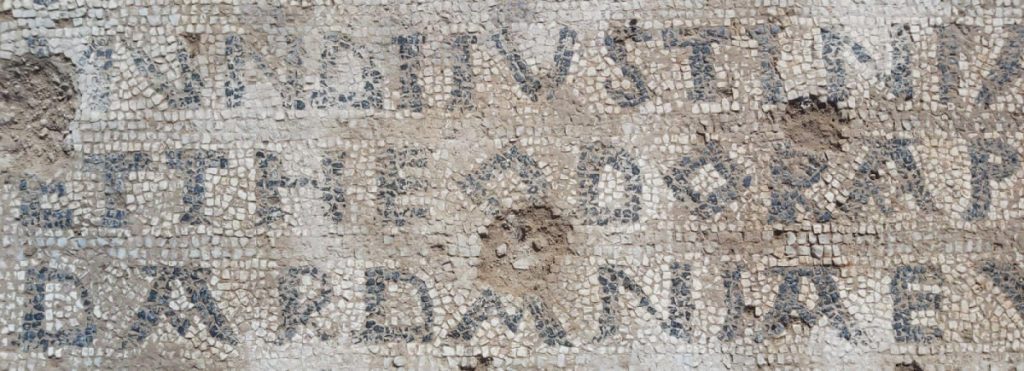
According to archaeologists, this provides evidence of the Dardanian origin of the great Byzantine emperor. Emperor Justinian (527-565) was born in Tauresium, believed to be near present-day Skopje.
Arben Hajdari, Professor of Archaeology at the University of Prishtina, stated to BIRN that this inscription holds immense historical weight, representing the most significant findings ever in Kosovo’s archaeology.
Hajdari emphasized that a crucial element of the inscription is the mention of the city of Dardania, indicating that the Dardanian people did not Romanize and did not lose their identity.
“This is very important, considering the fact that archaeological literature has invested a lot, with many articles and studies attempting to argue that the Dardanians had lost their identity, were Romanized, and disappeared in the Middle Ages. This discovery holds great significance from this perspective,” he explained.
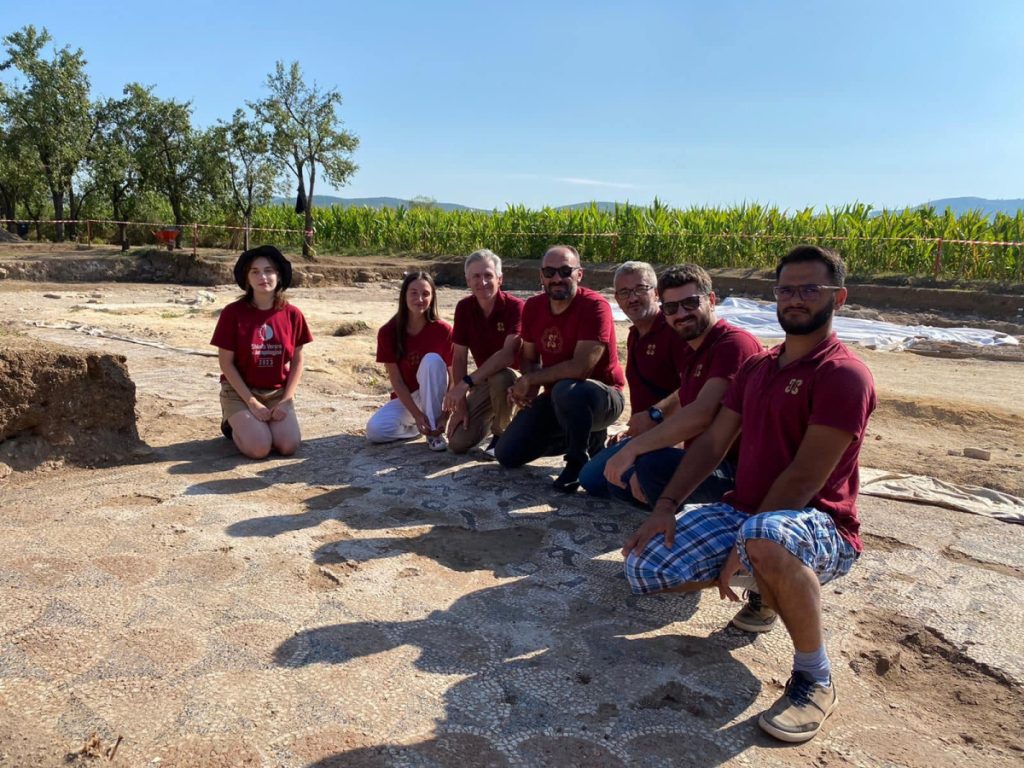
The inscription extends through the central part of the basilica, and the researchers have conducted excavations over an area of more than 460 square meters, identifying various ornamentations with floral and faunal motifs.
“The inscription left us astonished because it is preserved in a way that seals the fact that we are indeed dealing with a Dardanian city, built by an emperor of Dardanian origin,” said Milot Berisha, the head of the Archaeological Park “Ulpiana” and archaeologist.
On the other hand, Professor Christophe Goddard from the ‘Ecole Normale Superieure’ in Paris visited Ulpiana for the first time in 2016, and excavations began in 2017.
Goddard highlighted that Kosovo is a unique place for archaeology, as he believes it is rare to find an untouched place in Europe. According to him, aside from Rome, Kosovo stands out in Europe.
“What you can see here is a place that has been untouched before us. We are sure about this; there is no doubt. This is very unique in Europe, with only 1 percent or perhaps around 2 percent known. So, imagine we have something like two Pompei here – one is 35 hectares, and the other is 19 hectares,” Goddard told BIRN.
The excavations are supported by the European Union with a funding of 1 million euros, as part of the project “European Archaeological Mission in Kosovo: From Ulpiana to Justiniana Secunda,” launched in December 2021 and expected to conclude in December 2024.
Cover Photo: Minister of Culture, Youth, and Sports of the Republic of Kosovo, Hajrulla Çeku / Facebook

